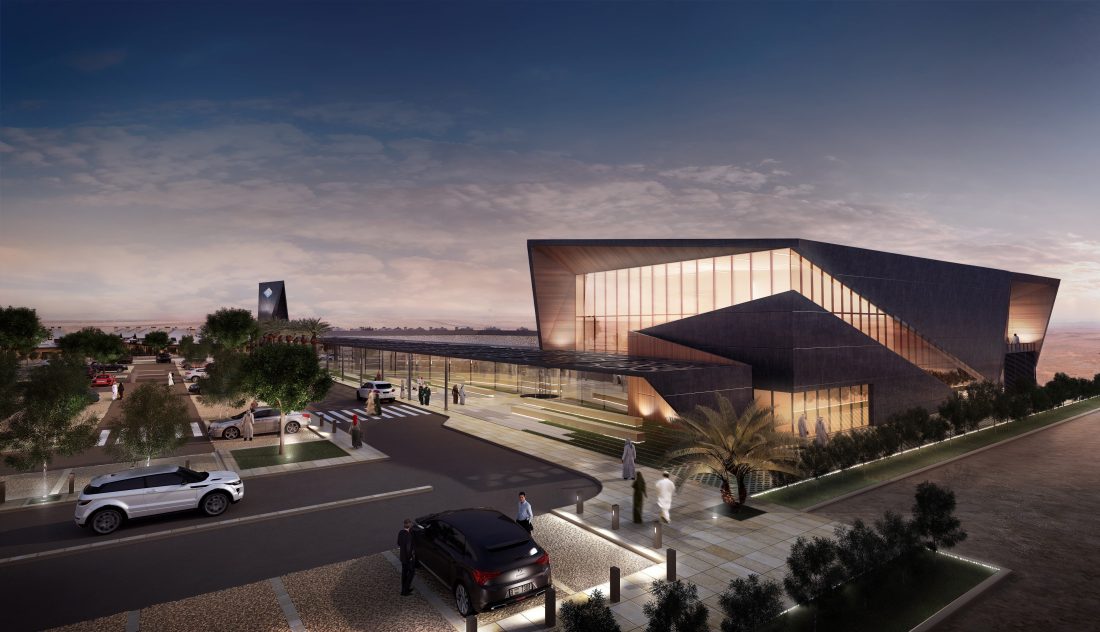H+A to design first proton beam therapy cancer treatment centre in the Middle East

Leading international architecture and design firm, H+A has been appointed by Proton Partners International Healthcare Investments to design a US$60mn proton beam therapy cancer treatment centre in Abu Dhabi, which will be the first in the region.
The treatment centre, which will be known as the Abu Dhabi Proton Centre (ADPC), will be part of the existing Gulf International Cancer Centre (GICC) in Abu Dhabi and will be situated on a site provided by SBK Holding LLC, the Holding Company of His Highness Sheikh Dr Sultan Bin Khalifa Bin Zayed Al Nahyan, advisor to the President of the UAE.
 H+A has been tasked with designing the centre to house the compact Proton Therapy (PT) solution and other facilities including a café, anaesthetic rooms, treatment rooms, zen gardens to aid recovery of cancer patients, dosimetry facility; a conference facility which seats 200 for regular meetings, offices for consulting specialists, interior design, landscaping and additional parking. It will also include the introduction of a new MRI suite and linear accelerator (LINAC) as an extension of the GICC.
H+A has been tasked with designing the centre to house the compact Proton Therapy (PT) solution and other facilities including a café, anaesthetic rooms, treatment rooms, zen gardens to aid recovery of cancer patients, dosimetry facility; a conference facility which seats 200 for regular meetings, offices for consulting specialists, interior design, landscaping and additional parking. It will also include the introduction of a new MRI suite and linear accelerator (LINAC) as an extension of the GICC.
Stas Louca, H+A’s managing director, said: “This was a very complicated project dealing with such advanced equipment. We had to work with a number of design specialists for the radiation screening bunker to protect staff and patients. The radiation shielding blocks will be imported from the U.S by Veritas and the equipment is provided by IBA from Belgium. The technology for the shielding blocks in a unique innovation and a first for the region.
“We’ve also created a patient experience with a high-end hospitality feel. We looked at everything from materials and colours to lighting, all of which affect healing time. This is truly a contemporary and modern piece of architecture. We used glass for better light and views and the quality of materials are low maintenance, sustainable and high performing to surpass insulation criteria. It was an exceptionally fast design, using BIM. We used an integration of software tools, including augmented reality, to meet project timelines. The most exciting part for us was not many healthcare architects have ever designed a proton beam facility, and to be the very first in the region has been a privilege.”







